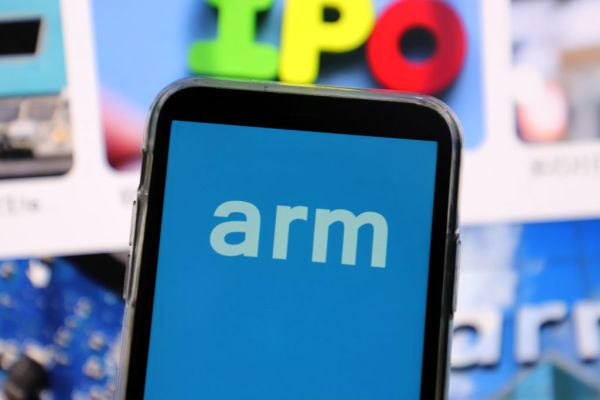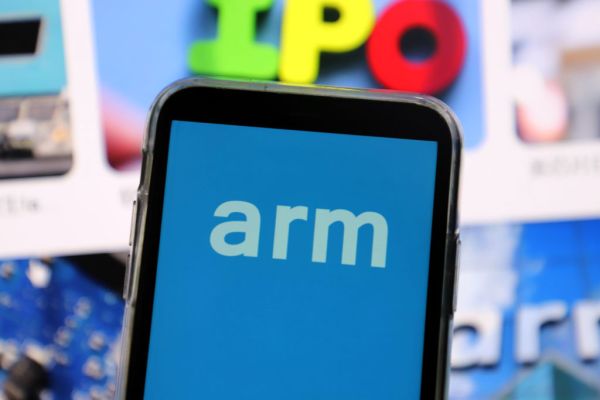
[ad_1]

The biggest story in tech today is that Arm, the British chip designer, has set an initial IPO price range of $47 to $51 per share. While the company will not be the only tech IPO of note that we see this year, it will likely be the largest in terms of dollars raised and its valuation.
The pricing is important given the potential IPO’s size, and one could argue it’s even more important for Arm’s owner SoftBank, which has had to report an uneven set of results to its own shareholders.
Regardless, Arm appears set to prove a big winner for the Japanese conglomerate, which bought the chip designer in 2016 for £24 billion in cash. The investment firm then sought to sell Arm for $40 billion to Nvidia, but that deal fell through due to regulatory concerns.
Now, SoftBank is looking to take Arm public at a valuation of about $50.8 billion, provided the IPO launches at the middle of the price range, and around $52 billion if it prices at the upper end — quite a nice markup.
Still, with SoftBank valuing Arm at $64 billion in its own accounting, it probably wants a better price for the company. Big semiconductor companies are rare gems in both business and geopolitical circles, so it’s not hard to understand why SoftBank has high hopes for this IPO.
The question, then, is whether Arm is worth $52 billion or more. Of course, every company is worth what folks will pay for it, but Arm’s comparables can help us decide what’s the right price for this semiconductor designer.
Is the price right?
Arm has been on the market twice since 2016, so we have some useful historical marks for the company. We already know that its value has gone up in recent years in the eyes of both its owner and potential acquirers.
We need some comparable businesses, though, to arrive at a good price tag. Intel is an obvious candidate, but since it is both a chip designer and a chip fabricator, it’s not perfect because Arm designs chips but doesn’t manufacture them.
The same is true of TSMC, but the other way around: It doesn’t design chips but it does manufacture them. So you could say it’s the inverse of Arm, in a way.
[ad_2]
Source link






